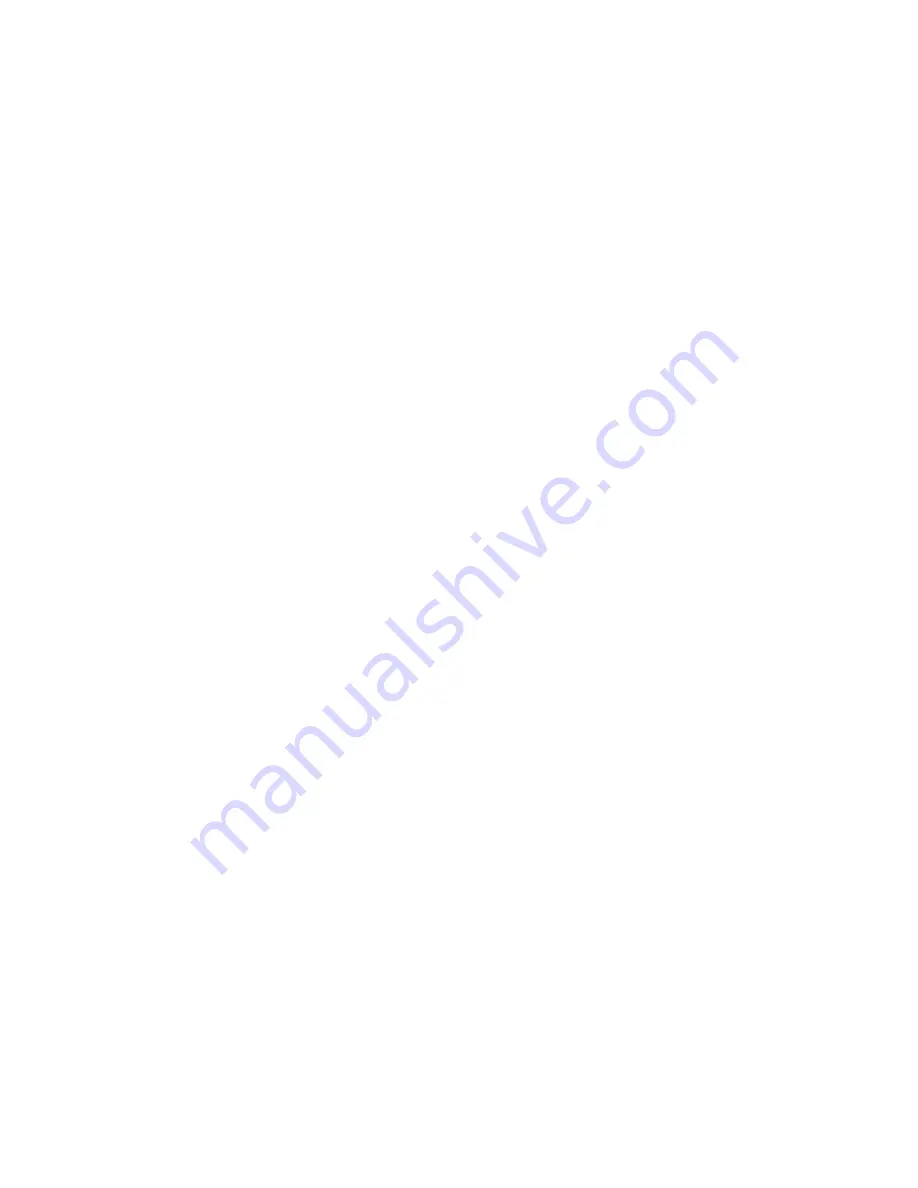
Version 0.4
Backline Engineering
11
loops, it’s best to set the record mode to First Note, Next Event or Manual. You can
adjust the loop start and stop points after recording by using the playback screen.
Appendix B: Recording External Audio
RiffBoxII can be used to store a large number of pre-recorded backing tracks that can
be used in live performances or for practicing your playing. This appendix provides a
step-by-step guide for recording these tracks.
1. Connect your audio source to Input 2 and adjust the volume to avoid clipping
2. Connect Output 2 to your amplifier or mixer
3. On the SYSTEM screen, set the event source to Input 2
4. On the CONFIG screen, set record mode to Manual and select the memory bank
you want to use
5. Go to the RECORD screen
6. Press record, start the audio playback and note the event number shown in the
center gray box where the loop starts
7. Note the event number where the loop ends, turn off the audio source and press
play which will switch to the PLAY screen
8. Adjust the loop start and stop events to the numbers you noted above
9. Press Reduce to show only the events playing back
10. Go to the LIBRARY screen and change the loop name to something meaningful
11.
Adjust the loop playback volume if needed while the loop is playing
Appendix C: Using a Footswitch
RiffBoxII can be controlled from a three-button footswitch as described in the Record,
Playback and Library screen sections of this manual. It can also be controlled from a
MIDI footswitch using MIDI messages as described in the MIDI implementation section.
RiffBoxII has been tested with the DigiTech FS3X 3-button footswitch. To make this
work, connect the footswitch with a quarter inch stereo cable to the RiffBoxII footswitch
jack. Make sure the FootSw Jack control on the system screen is set to input.
A MIDI pedal or multi-effects unit with MIDI output capability can be used to control
almost any parameter in RiffBoxII using either MIDI program change messages or MIDI
continuous controller messages as shown in the MIDI implementation section. To make
this work, connect a MIDI cable from the output of the pedal to the MIDI input on
RiffBoxII. Make sure that the MIDI channel on the system screen is set to the same
value as on the pedal.
Appendix D: Using an External Drum Machine
An external MIDI device such as a drum machine or MIDI controller can be
synchronized to the loop playback using MIDI clock messages. For every quarter note,
24 MIDI clocks are output from RiffBoxII. To make this work, connect the MIDI output of
RiffBoxII to the MIDI input on the drum machine or other MIDI device. This MIDI channel
is not used in this mode.
The MIDI clock output is enabled on the system screen. This screen also allows you
to change the number of quarter notes per loop. The start of the MIDI clock sequence is
synchronized to the beginning of the loop. This synchronization point can be delayed by












